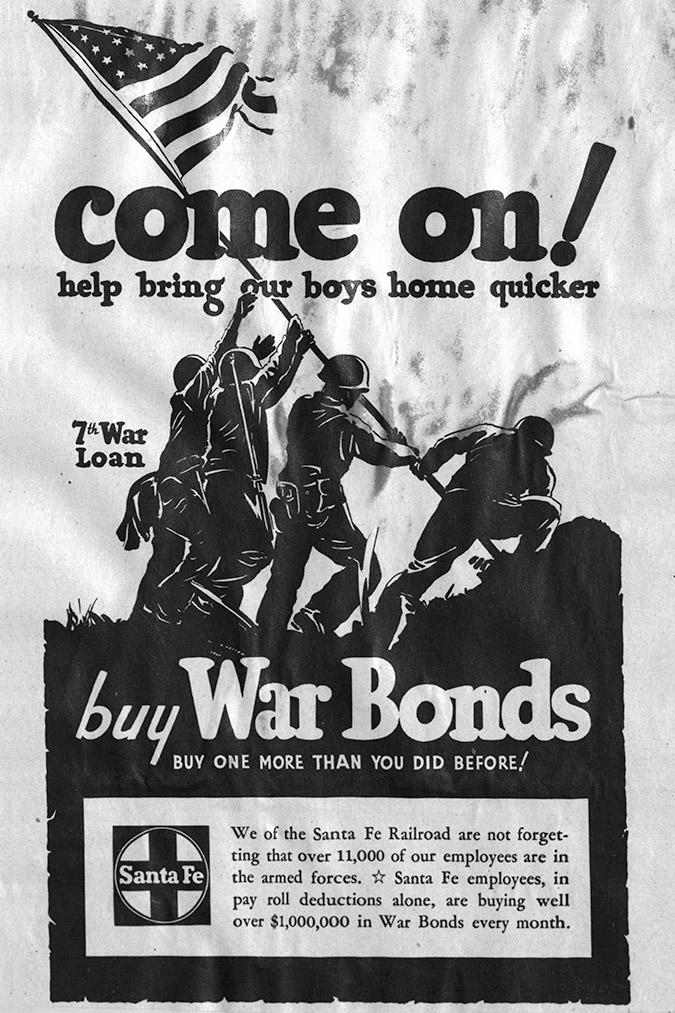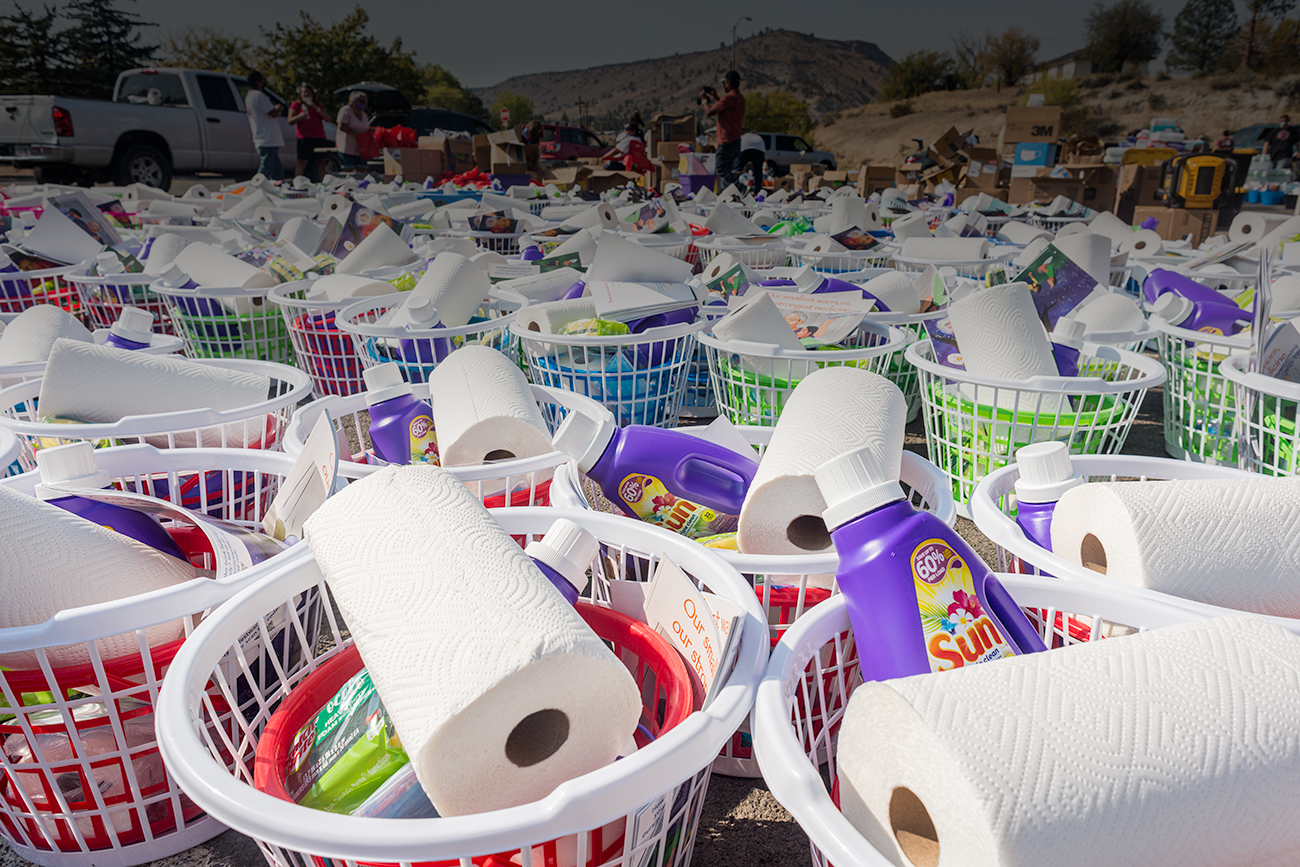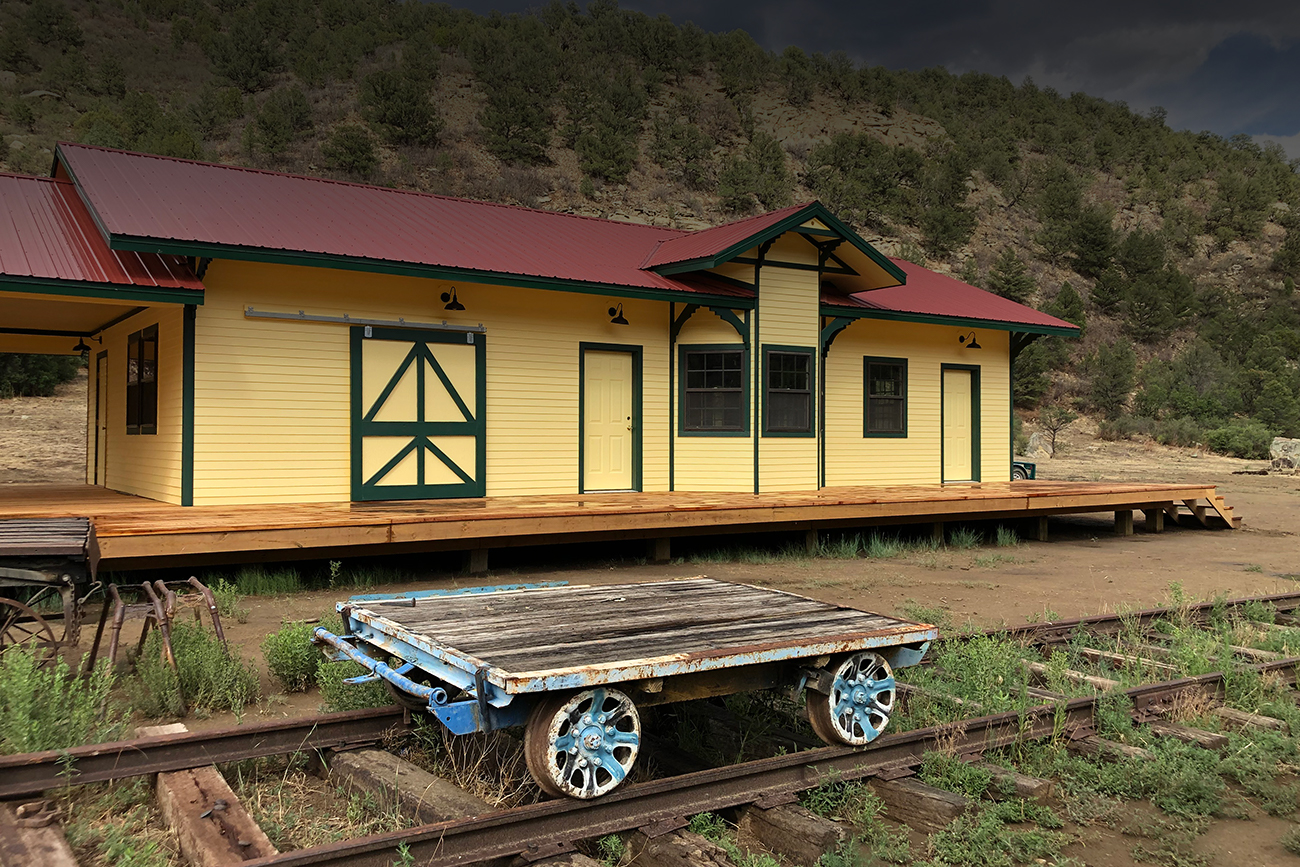Standing the test of time: BNSF helps preserve Army history
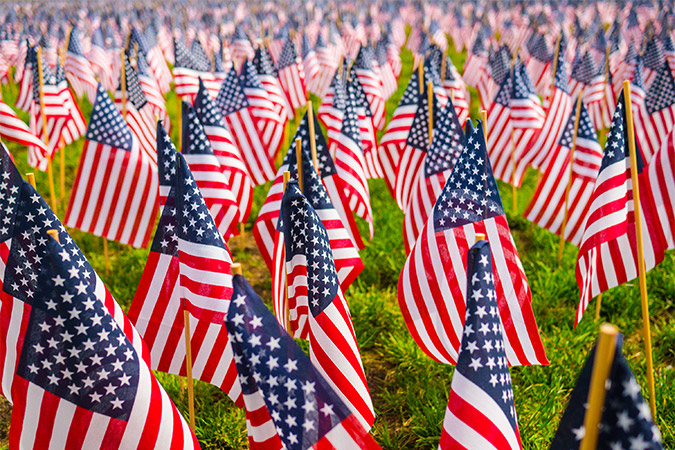
The histories of the U.S. Army and the railroad are intertwined by a mutual dedication to serving the American people. In both wartime and peace, the Army has worked with BNSF Railway and our predecessors to prepare for military exercises at home and deployment abroad.
To honor this partnership, the BNSF Railway Foundation donated $50,000 to the Army Historical Foundation to go toward the creation of the National Museum of the United States Army, shown in photo below. Located in Fort Belvoir, Virginia, near Washington, D.C., the museum officially opened this Veterans Day, Nov. 11, 2020. Its purpose is to educate current and future generations about the stories and experiences of the over 30 million men and women who have served in the U.S. Army since 1775.
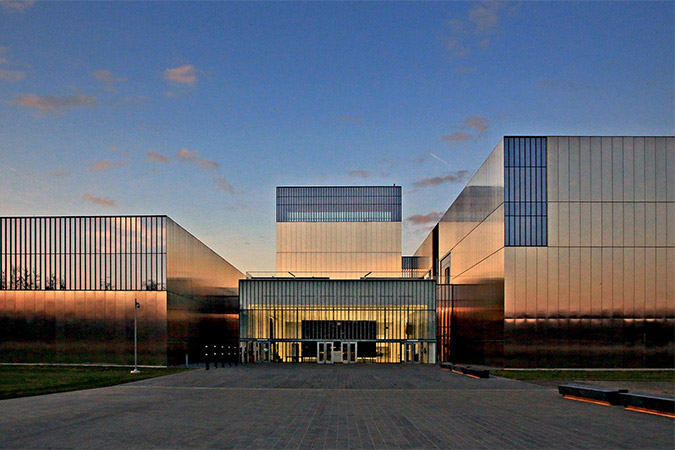
“We are incredibly thankful for BNSF and their contribution to the museum,” said Dr. Ric Talley, vice president of development and public affairs at The Army Historical Foundation. “We look forward to a long-lasting relationship as we continue to expand this already magnificent structure that represents the American Soldier, past and present.”
Museum visitors will find interactive galleries and moving exhibits that detail every major Army campaign since the Revolutionary War. Additionally, there will be a 300-degree theater screen and interactive demonstrations showing what it means to be an American soldier and how the Army uses science, technology, engineering and mathematics in day-to-day operations.
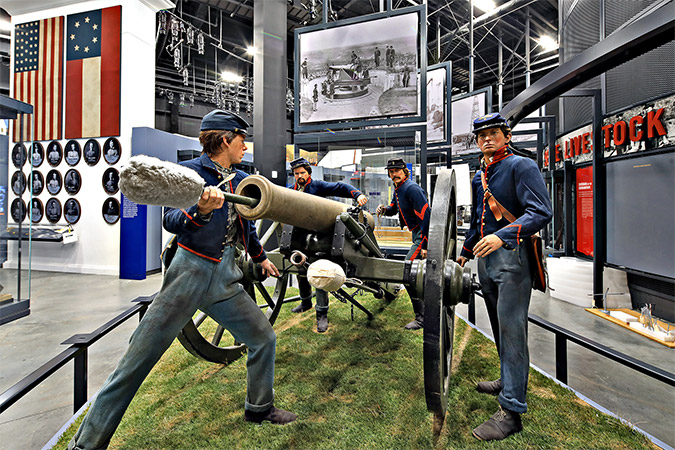
The museum will also be a place of remembrance and celebration. As visitors walk along the promenade to the entrance, there are black granite bricks with personal tributes to soldiers as well as a rooftop garden for veterans, families and the public to pause and reflect on the sacrifices made by U.S. soldiers.
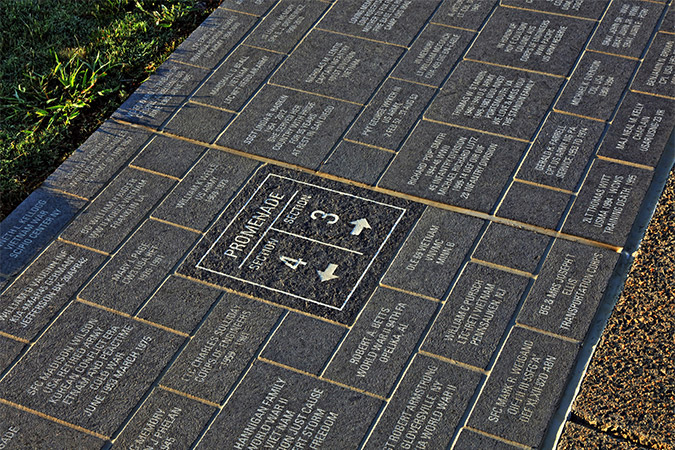
The donation from the BNSF Railway Foundation is a recent example of the time-honored relationship between the U.S. military, BNSF and our predecessors. Since as early as the Civil War, railroads moved materials, troops and tanks as quickly as possible to prepare for deployment.
“Unlike other branches of service, the Army tends to establish facilities more inland than near water, so we depend on rail to move us to the right place at the right time, safely and efficiently,” Talley said. “The history behind rail service and the military is probably more vivid in my mind than any other form of transportation, except maybe ships, moving troops and equipment to the ports for overseas deployments.”
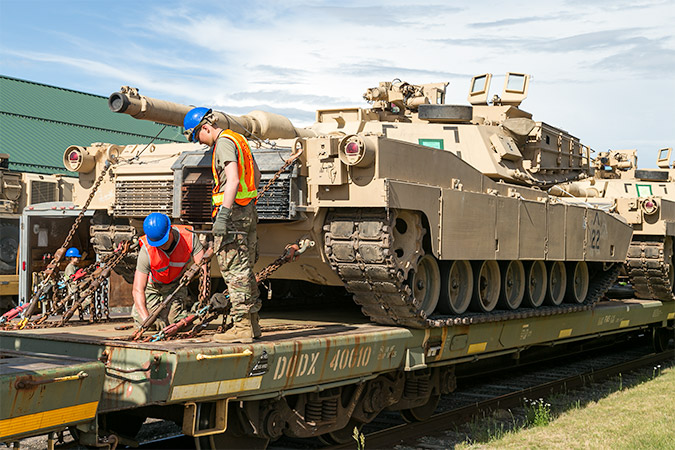
It's not just the railroads’ movement of equipment and goods that helped the nation’s wartime efforts; thousands of BNSF employees are veterans themselves. This Veterans Day, we honor the men and women who have served, including those who then returned to or joined the railroad when their duty to country was fulfilled.
Santa Fe’s “Route to Tokyo”
BNSF predecessor the Atchison, Topeka and Santa Fe (ATSF) was instrumental in the U.S. wartime efforts during World War II and became one of the chief transporters of supplies, food and equipment for the “Route to Tokyo” after the attack on Pearl Harbor. Once the United States formally entered the war, the railroad moved quickly to send all available equipment to military bases in preparation for deployment, increased yard capacity, and installed a centralized traffic control system so that 50% more trains could travel on the same tracks.
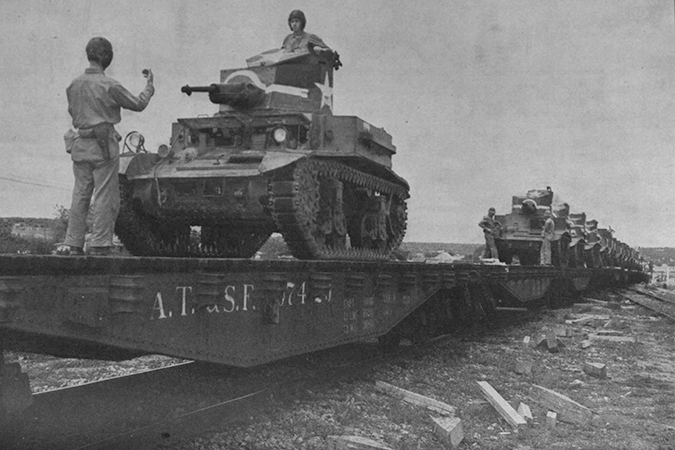
At one point in the war, approximately 1,800 trains filled with raw materials to create fighter planes, steel plates for shipyards, and food for American troops and families were running daily on the Santa Fe network. It was estimated that the railroad could move 200,000 barrels of oil on its network per day. The actual number reached 1 million barrels per day during the height of the war.
In addition, through the government’s payroll deduction “Victory Bond” program, Santa Fe employees purchased over $1,000,000 in wartime bonds per month, which would be the equivalent of over $14,000,000 today.
